Were you to be a female person in the 1930s, the jobs you could work at were fundamentally just one: schoolteacher. Well, there were women who studied at university, however, they could seldom work better professions in a time in which the principal anticipation was that they were a nice daughter, wife, and mother.
Then, the US army started inviting women with higher education to work for the country’s war efforts in Washington, DC; therefore, a lot of women in the US found the chance – most of them unaware that this was supposed to happen.
Educated women hired by the military worked as code breakers during World War II, playing a vital part in the victory of the Allied forces. However, because of both secrecy and sexism, people were unaware of the role these women played. In this summary, we’re going to display their roles.

Chapter 1 – Cryptography bureaus usually hired women due to the job’s exhausting nature.
Cryptography, or code making, starts with human communication. Cryptography goes back to some initial moment in time where someone initially needed to tell something no one would be cognizant of.
As you can see, making codes is especially beneficial during wars. To illustrate, in the Civil War, the Confederates prepared such an intricate cryptographic system that even they weren’t able to understand their codes.
At the beginning of the 20s, though, American code-breaking wasn’t as good as that of nations like France and the United Kingdom. In the very late 1920s, the American secretary of state ceased operation of military intelligence’s not so much expensive cipher bureau since they deemed it morally wrong to see through other people’s mail.
However, there were people who didn’t deem code-breaking so. People who were in favor of code-breaking had the inclination to hire women for the work. They would think females were more potent in concentrating very much for a longer duration compared to males, considered as smarter but lacking patience. This belief disregarded the truth that good code-breaking not only necessitates patience but also intelligence.
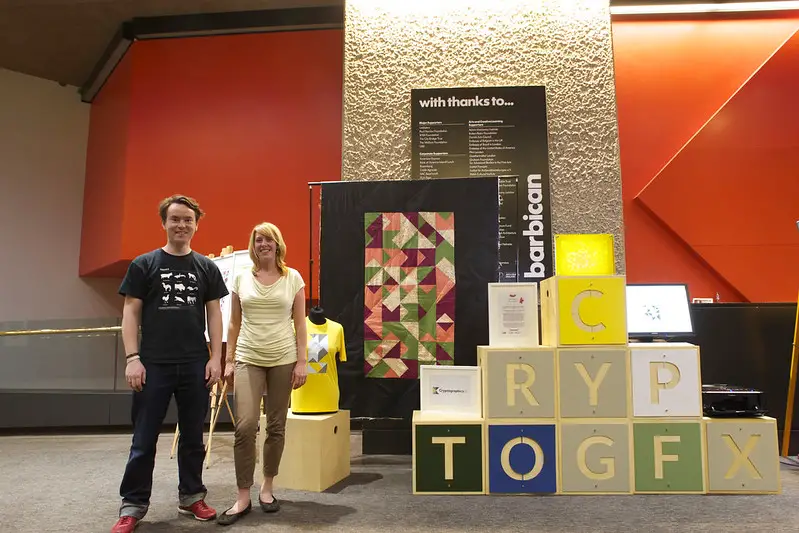
If we want to comprehend the way code-breaking functions, we should examine the two kinds of secret message systems: codes and ciphers. Codes include words, alphabetic characters, or a series of figures that symbolize words or phrases. Occasionally codes are employed for conciseness, in the same fashion, that OMG is employed in the present time. However, it is possible to employ codes to conceal confidential information from the hostile’s spying eyes; people who could read the code could understand what it says through a codebook.
Ciphers, however, can be a rearrangement of letters called transposition or substitution of singular units with unique units – to illustrate, replacing r for t. At the times of the Renaissance, ciphers like the Vigenère square were devised through assembling multiple alphabets into a table that people could look at. However, with the advent of radio and the telegraph, states wanted more defense. Thus, they invented cipher machines and produced complex ciphers through mathematical equations.
Solving messages caught through cable, airmail, or teletype – we call this cryptanalysis, or code-breaking – included various techniques. Sometimes, codes were deciphered through obtaining codebooks from the opponent. However, what usually happens is that cryptanalysts deciphered codes through the analysis of the frequency and position of particular words, employing mathematical equations, and making inferences with regard to their meaning by means of educated opinions.
Chapter 2 – Trailblazing code-breaking women played a vital part in the pre-WWII US cryptanalytic force.
During the summer months of 1916, Elizebeth Smith from Indiana came to Riverbank Laboratories, in Illinois.
Riverbank belonged to a strange millionaire named George Fabyan, who was employing researchers to confirm the theory it was Sir Francis Bacon who actually wrote William Shakespeare’s works. Bacon reportedly admitted being the true writer in a cipher printed in Shakespeare’s First Folio. Of course, Elizebeth soon started to suspect the presence of the code Fabyan employed her to decipher.
Elizebeth’s fortune transformed after Fabyan decided to become an asset for the USA at the time of World War I, converting Riverbank into the nation’s earliest code-breaking bureau. Elizebeth and her spouse William Friedman, employed to work for another Riverbank research about genetics, abruptly happened to find themselves in charge of the country’s principal code-breaking operation.
Following World War I, the military employed the Friedmans to serve in Washington, giving Elizebeth half of what William makes every month, which is $3,000. William started to be the military’s foremost code creator and cryptanalyst and Elizebeth received broad media recognition for her being at the helm of the cryptanalytic team that caught offenders at the time of Prohibition. Her public credits introduced an example for code-breaking women of the future. However, there were other code-breaking geniuses during the time prior to World War 2.

Previously a math teacher, Agnes Meyer Driscoll from Illinois was hired to crack the constantly-differing Japanese codes and ciphers in the tiny cryptanalytic office of the US navy in Washington, DC. in 1920s and 1930s. One of Driscoll’s greatest accomplishment was deciphering a novel Japanese fleet code in practice from June 1939 onward, which used numbers instead of letters.
She discovered that the Japanese fleet was employing two different codebooks. One of them assigned a number for every word or symbol to be covert. The other – known as an additive book – introduced a table of numbers to be joined to the numbers of the first book. This would provide the last group of numbers – the ones which were put in the ultimate message.
It took no more than a year for Driscoll to discover this. Her exceptional performance allowed the Americans to join World War II with at a minimum some information with regard to Japanese encrypted communications.
However, sadly, the Japanese renewed their additive books in the first months of 1941 – prior to a notorious attack.
Chapter 3 – The US land and naval forces were rivalrous when it came to hiring code-breaking women from the best universities and small towns.
After the Japanese attack on Pearl Harbor on the seventh of December, in 1941, the USA had no idea what just happened. Japan’s military attack to prevent the US from entering into the war and its following declaration of war rendered it obvious that the American army was in grave need to enhance its intelligence.
It was disclosed later that the US naval forces had been seeking new people to hire for its cryptanalyst office even prior to the Japanese strike. Agnes Meyer Driscoll could perhaps be the perfect cryptanalyst, however, the office remained to be too tiny to manage the quantity of work required to be undertaken. Apart from hiring males from top-tier universities and colleges, the US naval forces wanted patriotic females who were holding a degree in liberal arts education and had a proven gift for foreign languages, science, and math. The navy required the females to be beautiful in order that they would not stay long in the navy and get married soon upon the end of the war.
After the navy had seen a fit for their criterion, one afternoon in the autumn of 1941, Wellesley College senior Ann White was delivered a clandestine invitation to an interview; at the interview, the interviewer posed her questions like whether Ann would enjoy solving crossword puzzles and whether she was in a relationship with someone. Ann answered the first question with yes and the second one with no; the navy later decided to provide her with lessons on code-breaking. Were she to successfully complete the course, they would dispatch her to Washington to serve in a civilian position for the navy following her graduation, with a wage of $1,800 annually. What’s more significant is that it was forbidden to talk about her profession or utter the term “cryptanalysis” to anyone – among whom there are close family members, too.
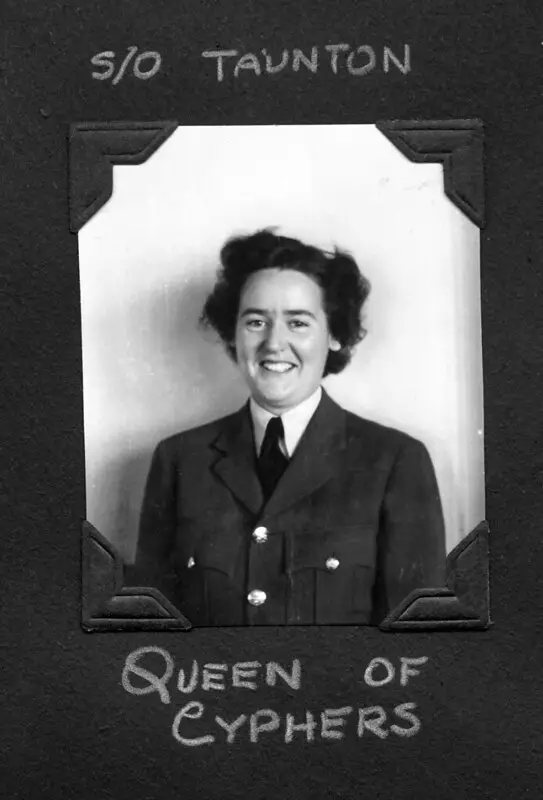
When the U.S. Army Signal Corps’ Signal Intelligence Service started to hire its own code breakers, the two army divisions raced to recruit the best female. The land forces concentrated their employment efforts on not-so-much-famous southern universities. With the expansion of the war, more code breakers were needed; thus, they sent charming officers in different public places, like hotels in the South, to hire school teachers from tiny towns.
In 1942, the USA reached the contentious decision to accept females to its armed forces. A lot of women were happy for this decision and hurried to join in the naval forces as WAVES – Women Accepted for Volunteer Emergency Service – and the land forces as recruitees of the Women’s Army Corps, or WAC.
Most of these females took courses in code-breaking; When the war came to an end, the total number of code-breaking women in the US armed forces was approximately 11,000. This fantastic number comprises more than eight-tenth of the naval forces’ internal cryptanalyst staff and seven-tenth of the land forces’.
Chapter 4 – The lives of the g-girls represented a change for females in society.
The females having relocated to Washington, DC in order to start to be code-breakers were called by Washington people as government girls or g-girls. Naturally, people who didn’t know what their task was thought that the g-girls were serving with a trivial office job. However, their task was actually very enormous, as they would work every day for twelve hours at a maximum.
However, for many of these females, life in Washington, DC. provided them with a time of unparalleled freedom.
A lot of females who were employed at Arlington Hall, the land forces’ code-breaking office in Virginia, lived in the tiny rooms at Arlington Farms – a dormitory constructed for the inhabitance of 7,000 women employees. Several women started living temporarily with locals who lived in Washington and others – like Virginia-born Dorothy “Dot” Baden and her intimate buddy Ruth Weston – rented apartments by themselves to leave the crowded dormitory conditions. In order for the inhabitance of their own employees, the naval forces’ had barracks for more than 4,000 code-breaking women constructed at Mount Vernon Seminary in northwest Washington.
If they weren’t in the tram or the bus going to the beaches in Virginia or Maryland, the women spent their limited free time to go to a novel, distant location. It was possible for WAVES officers to travel to wherever they wished on a train for a reduced charge, and the recruitees usually went to New York or other states even more remote so as to see their novel friends’ families when they had longer three-day long furloughs.
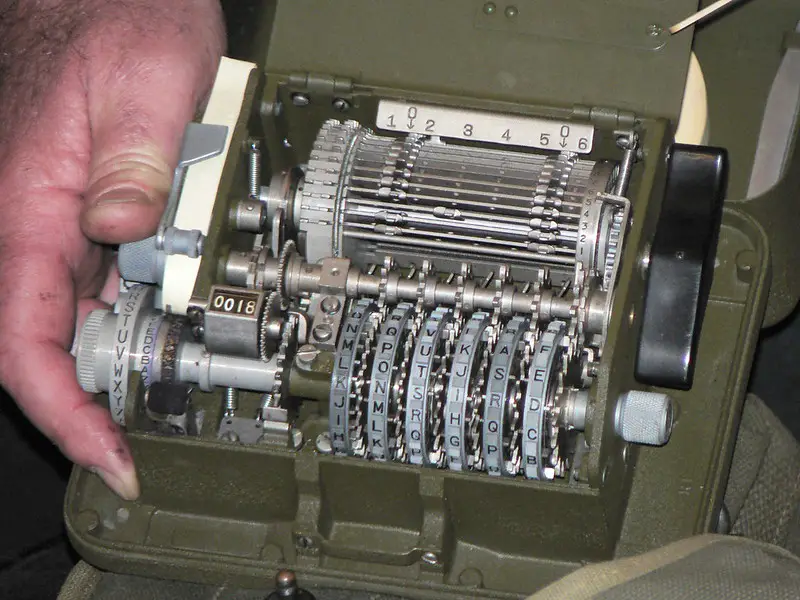
There was something other than friendship that maintained the entertainment among women. You may feel astounded to hear that the war was a period where numerous parties took place. Though more and more young males sent to the front, there were romantic times with soldiers and sailors who crossed through Washington, DC.
Although most females had married or found a fiance with a hurry prior to the war, others had arrived at the capital to flee those pressures. No matter whether they were married or engaged or not, every female sent countless letters to men fighting in the front, usually with their pictures where notes would be written on the back. It was very vital to maintain the war morale high, and for her part, Dot Braden sent letters to five men at the same time – even if two of them were her siblings.
While Dot had a fiance among these soldiers, George Rush, she got married to another lover called Jim Bruce after the war was concluded. They were lovingly married until the death of Jim after six decades.
Chapter 5 – A civilian code breaker for the land forces, whose name was Genevieve Grotjan played a crucial part in cracking Japan’s Purple machine.
You must be familiar with the name of Alan Turing, the British mathematician who spearheaded code-breaking techniques at Great Britain’s Bletchley Park. However, there were female citizens of the US who played an important part in cryptanalytic headways at the time of World War II.
One of the greatest progress in code-breaking at the time of the war was breaking the Japanese cipher machine that the Allied forces called Purple. Elizebeth Friedman’s spouse William, employed in the land forces’ Signal Intelligence Service, was resolved for his crew of civilian code breakers to fulfill the objective of this task.
Friedman taught various skills and knowledge to his students. One thing he taught them was the thought that if one stares at any code for a sufficiently long duration, one could decipher it. The reason for this was that even the most intricate ciphering devices utilized rotors and wheels, the indication of which is that the secret patterns would eventually recur. There was nothing in code-breaking that was completely arbitrary.
Friedman’s crew mastered every nuance of romanized Japanese and studied devices on the market that the Japanese might have based the Purple’s plan on. The crew utilized a method known as cribbing, where specific words that had been deciphered or guessed were used as a beginning position for breaking the entire message. While utilizing Purple, Tokyo occasionally employed Purple and the former Red system, which the USA had already deciphered, to deliver cryptic messages, providing the US with hints regarding the way the remainder of the message would be understood.
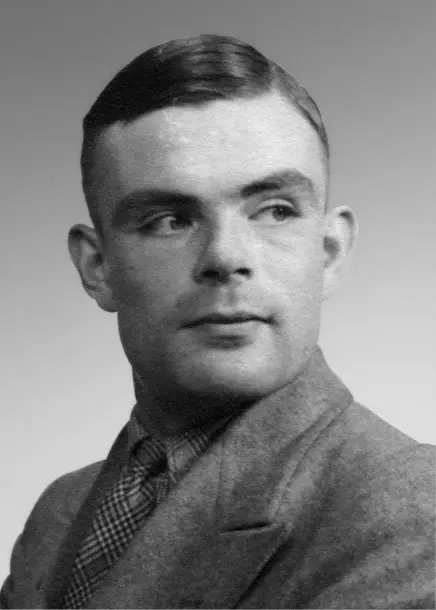
With the increasing pressure, Friedman’s crew put forward a hypothesis that Purple utilized an intricate switching device instead of rotors while enciphering. The sole method to confirm this was through the comparison of a Purple cipher with an already deciphered message – a crib – from a less intricate Japanese system, so as to discern whether the pattern ever recurred.
Soon after the afternoon on the 20th of September, in 1940, Genevieve Grotjan timidly went to the manager of the operation, Frank Rowlett, having in her hands what she discovered. Grotjan wanted very dearly to work as a math professor but couldn’t find any occupation since no college would recruit a female.
Having not yet completed her training and become a civilian code breaker for the land forces, Grotjan had discovered the thing her male co-workers had been unable to detect: thanks to her patience and a sharp eye, she managed to discover where the pattern recurred. The decipher allowed the US to rebuild the Purple device without ever knowing what the true Purple looked like.
Grotjan’s breakthrough rendered it probable for the Allied forces to listen in to Japanese conversations on Purple for the rest of World War II.
Chapter 6 – Collaborating, government girls in Arlington Hall were beneficial in sinking many Japanese vessels.
At the time of World War II, the government girls confronted sexism from male superiors, co-workers, and others when they were in public. However, although hierarchical formations continued to exist in the navy, the job at Arlington Hall was relatively egalitarian. At Arlington Hall, even a novice female code-breaker could turn into leaders of major units.
One of these novices was Ann Caracristi from Bronxville who was 23 – called among her colleagues as Annie. She became part of it in 1942. Annie held a degree in English, however, Arlington Hall director Wilma Berryman – one of the first code-breakers employed by William Friedman – realized that she was gifted for engineering as well; she assigned Annie as the head of her research unit.
Annie and Wilma were resolute to break the Japanese land forces’ code, which none of their coworkers had been able to do, regardless of their gender. One thing in their mind was that they could perhaps have a possibility of cracking the code were they to deal with the addresses annexed to the messages. Since there had been messages to be transmitted by means of Japanese naval radio circuits, they could utilize a crib from earlier broken naval codes.
Once they had found a crib in the Arlington Hall records, Wilma Berryman realized that the additive for part of the address was 7250. And while rebuilding the whole codebook – called book-breaking – was an enormous work, Ann Caracristi was apparently born for it.
In the first hours on the seventh of April, in 1943, Arlington Hall scored one other huge finding by breaking a Japanese water transport system code known as 2468. The intelligence 2468 gave included every Japanese shipping activity, where the location of ships and their movement directions could be seen.
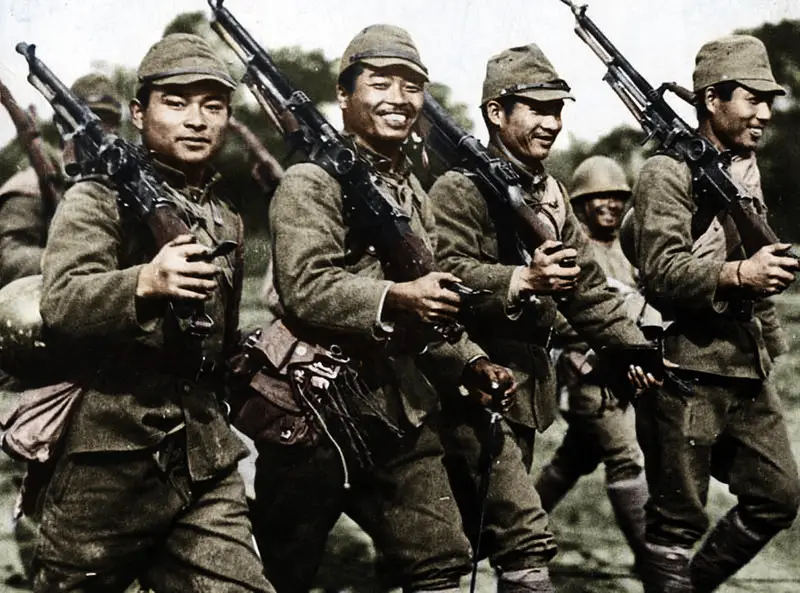
Deciphering the 2468 code caused a domino effect of more discoveries, such as the Japanese aviation code and a code that disclosed the quantity of fallen and wounded Japanese soldiers. Prior to the conclusion of World War II, Arlington Hall could see each message that the Japanese Army conveyed.
So as to decipher and sort the mail of the whole Japanese Army, Arlington Hall employed a new group of recruitees, who established a mail-sorting assembly line. The productive breaking of messages by means of this system assisted the Allied forces to sink 43 Japanese vessels and damage 22 only in November 1943. With Japanese soldiers being unable to receive food and supplies due to the Allied intervention, the effort eventually assisted the Allied triumph in the war in the Pacific.
Chapter 7 – Code girls cracked and prepared codes that helped the D-Day landing in Normandy.
The female code-breakers’ performance on Japanese ciphers was crucial in the eventual American triumph. However, the Pacific wasn’t the only war they were involved in.
In 1943, one team from WAVES was assigned to Dayton, Ohio to dwell on a campus known as Sugar Camp. In this camp, the female code-breakers played a role in the construction of more than 100 “bombe” machines – a form first developed by the British at Bletchley Park. As they soon learned that, these machines were developed to break messages caught from the complex German Enigma ciphering device.
Intelligence obtained from the Enigma and Purple machines affected the Allies’ preparation of D-Day – especially their choice to embark in Normandy. As the Japanese foreign office utilized the Purple machine, the USA could see mails from Japanese diplomats in Europe that unveiled that some sections of the coastline along invaded France didn’t have as strong fortifications as other sections. More intelligence was received from German Army Enigma messages broken by the navy’s bombe machines and a message cracked in the UK describing the fortifications along the coast of Normandy.
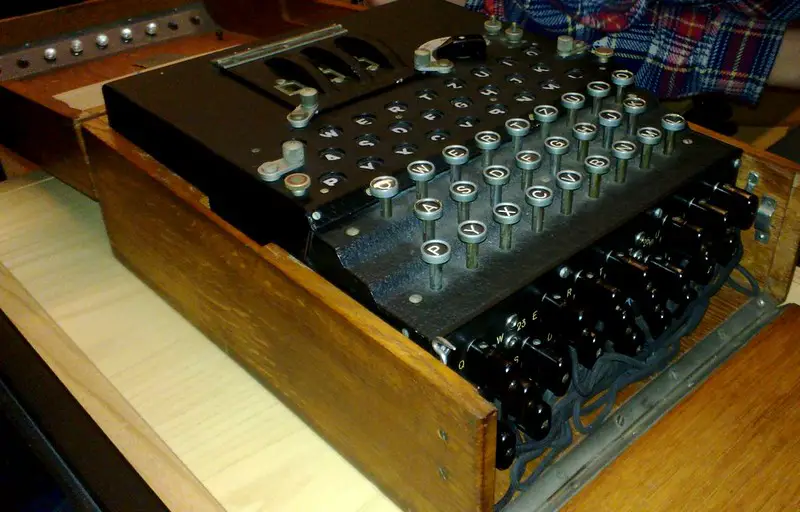
So as to guarantee that to shock the Axis forces, the Allies developed a plan of deception, Operation Bodyguard, where they would hide when and where the Allied invasion would take place in invaded France. The Allied forces had to make Germany think that the Allied invasion would take place in various places with the main assault taking place in the Pas de Calais region. Crucial to guaranteeing that the Germans thought that this bogus army was genuine – and would remain to think so even later when the invasion took place – were the government girls.
Utilizing the code-writing facilities that most units had created while watching the safety of America’s own cryptographic operations, the females in the land and naval forces generated coded messages with regard to where the D-Day invasion would start, employing the American SIGABA machine. What they planned wasn’t about letting the Germans see the messages themselves; the plan was to have them make inferences from the radio traffic that the D-Day would begin in Calais with smaller units invading Norway and Denmark.
Following months of fastidious preparation, the Allies started their invasion from the coast of Normandy on the sixth of June, in 1944, in the greatest seaborne attack in history. Even if the invasion of the French coast demanded the sacrifice of a lot of US soldiers, the deceptive tactics indicated that German fortifications were considerably slowed. A calculation made after the landing demonstrated the shock landing saved 16,500 Allied lives.
Chapter 8 – G-girls kept the secrecy in the times of horrors and the triumphs during the war.
After sinking Japanese vessels, the g-girls were proud of what they accomplished.
However, seeing the horrific things about World War II was psychologically engulfing. Information regarding US losses, particularly at the rough end of the war, disturbed most of them. Sometimes, the g-girls were actually conscious of the peril in front of their husbands, boyfriends, or brothers in the military and unable to help them.
Fran Steen, a Marine who had reached the position a lieutenant, was working at the time when her crew saw a message stating that a Japanese kamaze attack would aim the naval vessel her sibling Egil was the captain of. Even if the crew informed the naval forces, there wasn’t anything that could be done to preclude the attack. By chance, though, Fran soon learned that Egil was one of the several marines to remain alive after the attack.
The truth that Japanese diplomatic communications were read in Arlington Hall also indicated that the g-girls were among the earliest US citizens to see when World War II came to an end. However, this just happened following a time of long waiting.
The Japanese state’s rejection to yield in 1945 led to an unparalleled wartime act with the Americans dropping an atomic bomb on Hiroshima on the sixth of August and Nagasaki on the ninth of August. Even if there were kamikaze raids against US warplanes and naval vessels over the next week, on the fourteenth of August, Arlington Hall translators acquired the message everyone had for long expected.

Translators like Virginia Aderholdt, who had been working four years in Japan, had been watching Japanese messages for months searching for signs. Translators read attentively as Japanese diplomats started to be more and more disheartened by air attacks on Japan and proposed plans to cease the war in their discussions. They witnessed as well that the Japanese were making arrangements to express their intention to yield to neutral Switzerland.
On the fourteenth of August, in 1945, Virginia Aderholdt hurried to decode the code that had been delivered to the Swiss, which expressed the Japanese intention to yield. Typically, translations were concealed. However, for this moment, the information scattered everywhere in Arlington Hall like wildfire. The g-girls would need to wait until President Truman proclaimed the Japanese surrender that evening to share their happiness with everyone in the world: following six long years, World War II ended definitely.
Chapter 9 – Following World War II, secrecy and sexism left the g-girls with mixed job opportunities.
Several months later when World War II came to an end, the g-girls at Arlington Hall were praised for their work and discharged from their jobs. After a while, the land forces’ operations officer Stephen Chamberlin issued a statement where he mentioned code-breakers helped saving a lot of US soldiers and reducing the longevity of World War II. However, he didn’t talk about the fact that 10,000 of these code-breakers were female.
Actually, while conducting her research, the writer of this book discovered that most of the official data on the code girls’ assistance in the war had been confidential for more than seven decades. She needed to petition to get it open to the public. Considering this situation, it won’t be difficult to understand why the female code-breakers had different experiences while they were working after the years following World War II.
There were female code-breakers who stayed and served as code breakers for the initial several years of the Cold War era at Arlington Hall. Several of the female code-breakers who didn’t ultimately go home after that continued to serve for the novel National Security Agency, known as NSA, which had combined land and naval code-breaking activities, among whom there was Arlington Hall’s own Ann Caracristi, who became the earliest female to work as the NSA’s deputy director.
Those who strived to find job opportunities outside of state service faced bigger impediments. Because of the taciturn essence of their job, female code-breakers who had worked in the naval forces were usually rejected from the further education possibilities agreed to be given to veterans in the GI Bill. One WAVES employee, Elizabeth Bigelow, was denied from three architecture colleges; all of them stated that they were holding spots for veterans of the armed forces. It wasn’t possible to uncover how she actually assisted at the time of World War II and eventually determined to find a spouse and begin a family.

The female code-breakers never revealed their secret until the twenty-first century. Dot Braden, whom we mentioned previously, had trouble revealing specific words that were linked to her job to her family – even after, when she was in her nineties, the NSA told her she could share them. She had never talked about code-breaking words ever since Arlington Hall.
By 2017, just a few of the code girls continued to live to share their accounts. Composing their stories is thus precious both as a form of venerating their joint and personal contributions and making public an inspirational episode in the history of US women.
Code Girls: The Untold Story of the American Women Code Breakers Who Helped Win World War II by Liza Mundy Book Review
Secret code-breaking operations enabled women to enter into jobs that they could formerly not work at. Even if what they achieved was classified for years, it is today possible to know these women for playing a vital part for the Allies and saving a lot of Allied soldiers.
